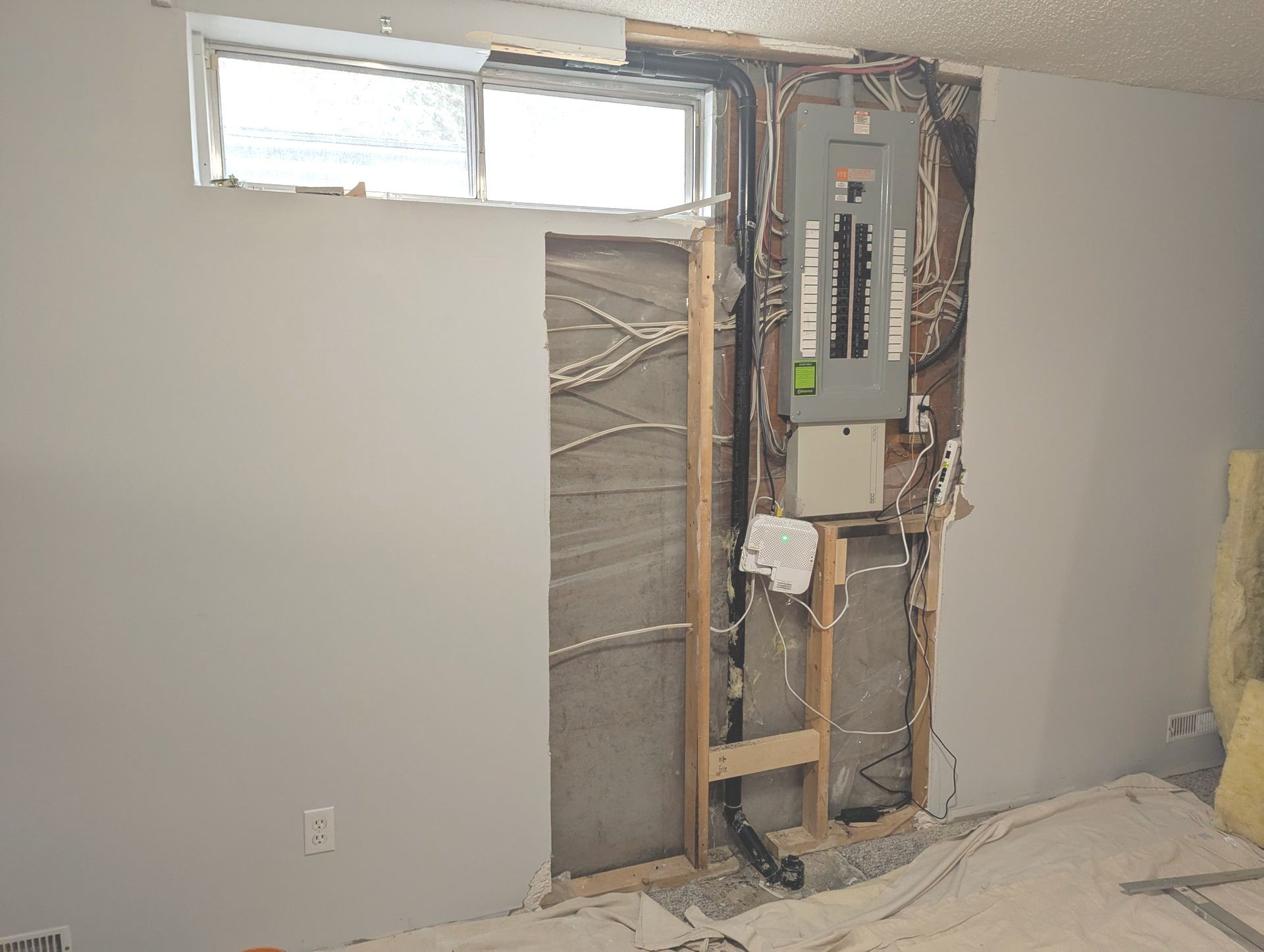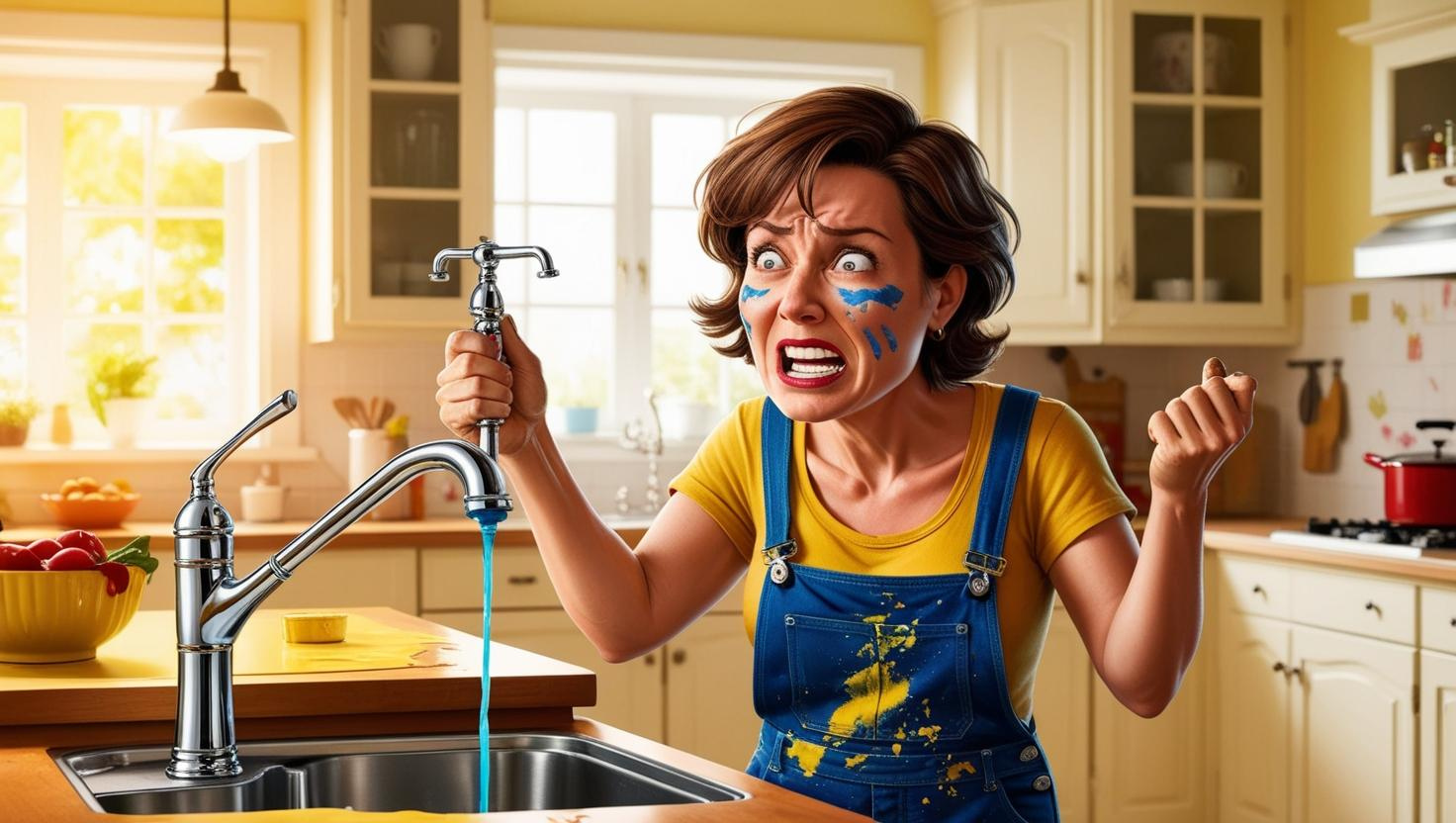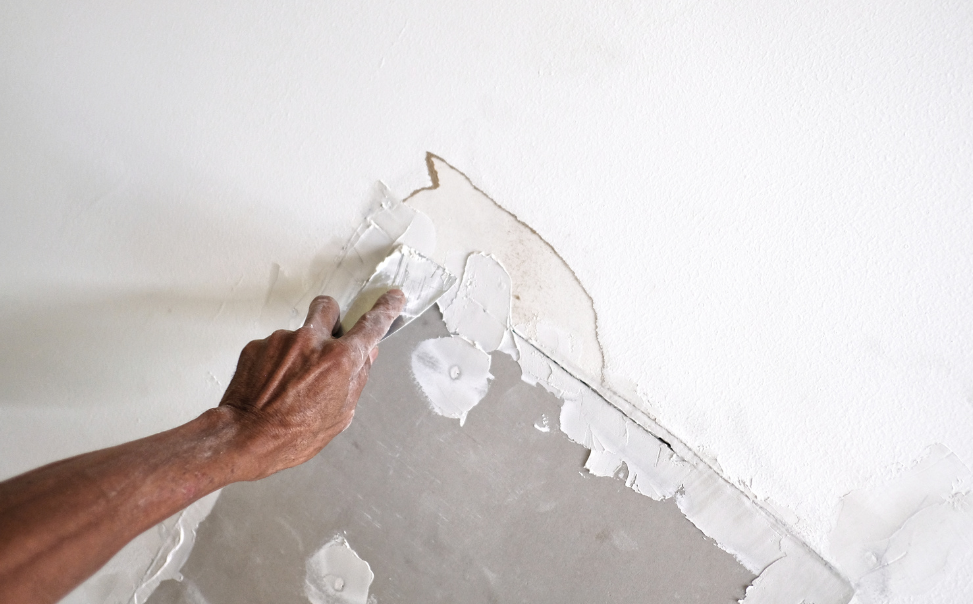The Top 7 Home Repairs

Maintenance Tasks Worth Spending Money On
Keeping up with home repairs and maintenance is essential to protect your investment, prevent costly damage, and maintain your home's value. But with so many potential projects, where should homeowners prioritize their spending? Here are the top 7 home repairs and maintenance tasks that offer the best return on investment and long-term benefits.
1. Roof Repairs & Maintenance
Why It’s Worth It:
Your roof is your home’s first line of defense against the elements. Leaks, missing shingles, or poor drainage can lead to expensive water damage, mold growth, and structural issues.
Recommended Repairs & Maintenance:
- Inspect for damaged or missing shingles annually.
- Clean gutters and downspouts to prevent water buildup.
- Seal any small leaks before they become big problems.
👉 Pro Tip: Regular roof maintenance can extend its lifespan by 10+ years and prevent costly emergency repairs.
2. Plumbing Repairs & Fixture Upgrades
Why It’s Worth It:
Ignoring small plumbing issues can lead to water damage, mold, and skyrocketing water bills. Leaky faucets, running toilets, and old pipes should be addressed promptly.
Recommended Repairs & Maintenance:
- Fix leaks under sinks and in toilets.
- Upgrade outdated plumbing fixtures to more water-efficient models.
- Inspect and replace worn-out supply lines and P-traps.
👉 Pro Tip: A dripping faucet can waste up to 10,000 litres of water per year—fixing it can save money and conserve water.
3. HVAC Maintenance & Repairs
Why It’s Worth It:
Your heating, ventilation, and air conditioning (HVAC) system keeps your home comfortable year-round. Routine maintenance prevents expensive breakdowns and improves energy efficiency.
Recommended Repairs & Maintenance:
- Change HVAC filters every 2–3 months to improve air quality.
- Schedule an annual furnace and AC tune-up.
- Clean air ducts and vents for better airflow.
👉 Pro Tip: A well-maintained HVAC system can cut energy costs by up to 15% and last 5–10 years longer.
4. Electrical Repairs & Safety Updates
Why It’s Worth It:
Faulty wiring, outdated electrical panels, or broken outlets can pose fire hazards. Keeping your electrical system in good shape is crucial for safety and efficiency.
Recommended Repairs & Maintenance:
- Replace loose or sparking outlets.
- Upgrade old light fixtures and install energy-efficient LED bulbs.
- Ensure your home’s electrical panel can handle modern power demands.
👉 Pro Tip: If your home is 30+ years old, have an electrician inspect the wiring for safety concerns.
5. Exterior Maintenance & Siding Repairs
Why It’s Worth It:
The exterior of your home protects against weather damage, pests, and moisture infiltration. Regular upkeep prevents costly structural issues.
Recommended Repairs & Maintenance:
- Repair cracks or gaps in siding to prevent water damage.
- Repaint or seal wood surfaces to protect against rot.
- Inspect window and door caulking to improve energy efficiency.
👉 Pro Tip: Properly maintained siding can increase curb appeal and prevent thousands of dollars in water damage.
6. Drywall Repairs & Paint Touch-Ups
Why It’s Worth It:
Small drywall cracks, holes, or peeling paint make a home look neglected. Maintaining your walls ensures a fresh, clean, and well-maintained appearance.
Recommended Repairs & Maintenance:
- Patch holes and cracks in drywall to prevent further damage.
- Repaint high-traffic areas to keep walls looking new.
- Address any signs of water damage or mold growth immediately.
👉 Pro Tip: A fresh coat of neutral-colored paint can boost home value by up to 5% when selling.
7. Caulking & Weatherproofing
Why It’s Worth It:
Proper caulking and weatherproofing prevent drafts, moisture buildup, and energy loss—saving homeowners on heating and cooling costs.
Recommended Repairs & Maintenance:
- Re-caulk around windows, doors, and plumbing fixtures.
- Install weatherstripping to seal gaps in doors.
- Inspect attic and basement areas for air leaks.
👉 Pro Tip: Sealing air leaks can reduce energy bills by 10–20% annually.
Final Thoughts: Invest in Preventative Home Maintenance
Spending money on the right home repairs and maintenance now can prevent costly emergencies and add long-term value to your home. Prioritize roof care, plumbing, HVAC maintenance, and structural repairs to keep your home safe, comfortable, and efficient.
Need help with home repairs in Edmonton, AB? At RG Handyman, we specialize in plumbing repairs, drywall fixes, fixture replacements, and general home maintenance.
📞
Call us at 780-920-8459
📧
Email us at info@rghandyman.ca
📍
Proudly serving homeowners in Edmonton, AB.










